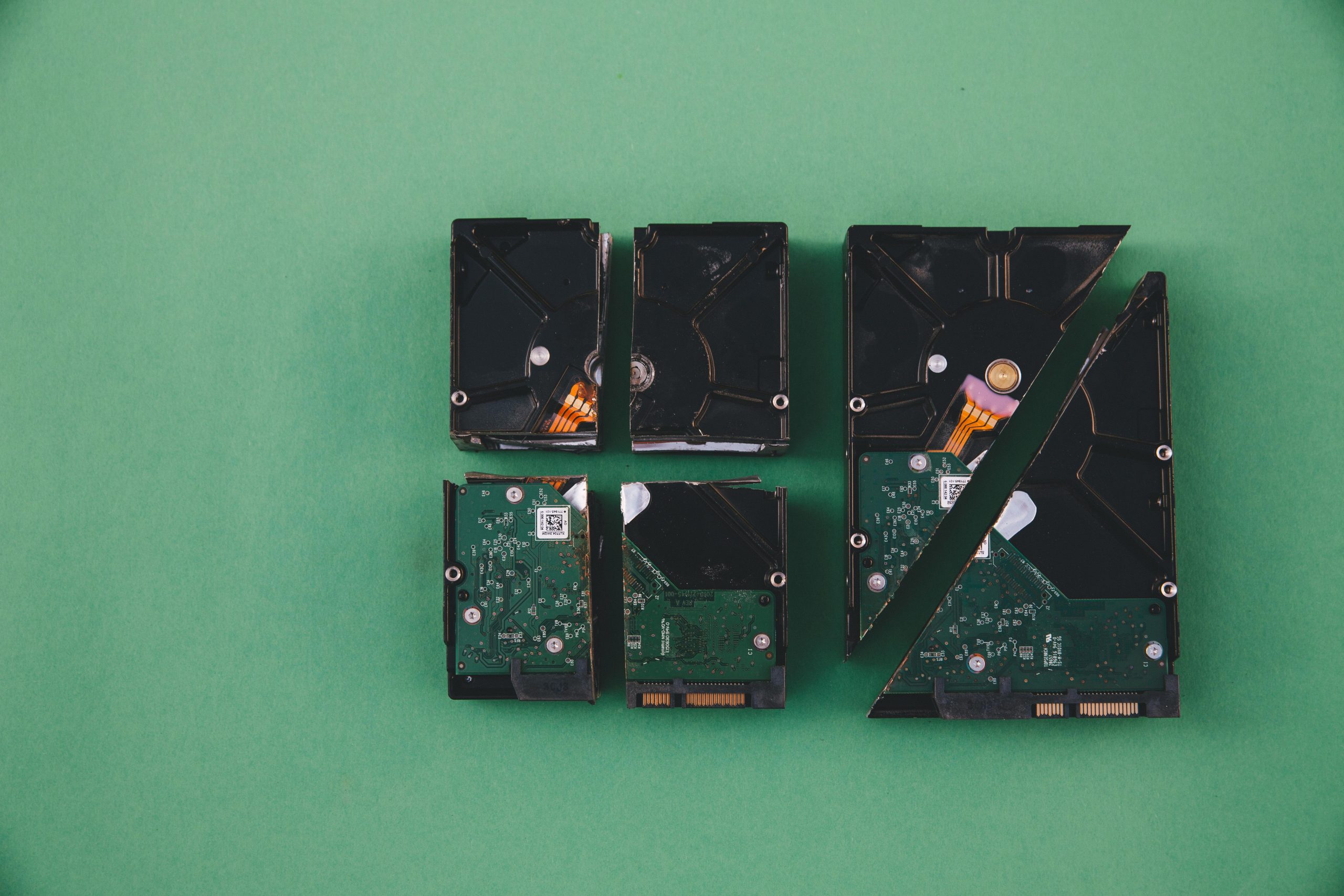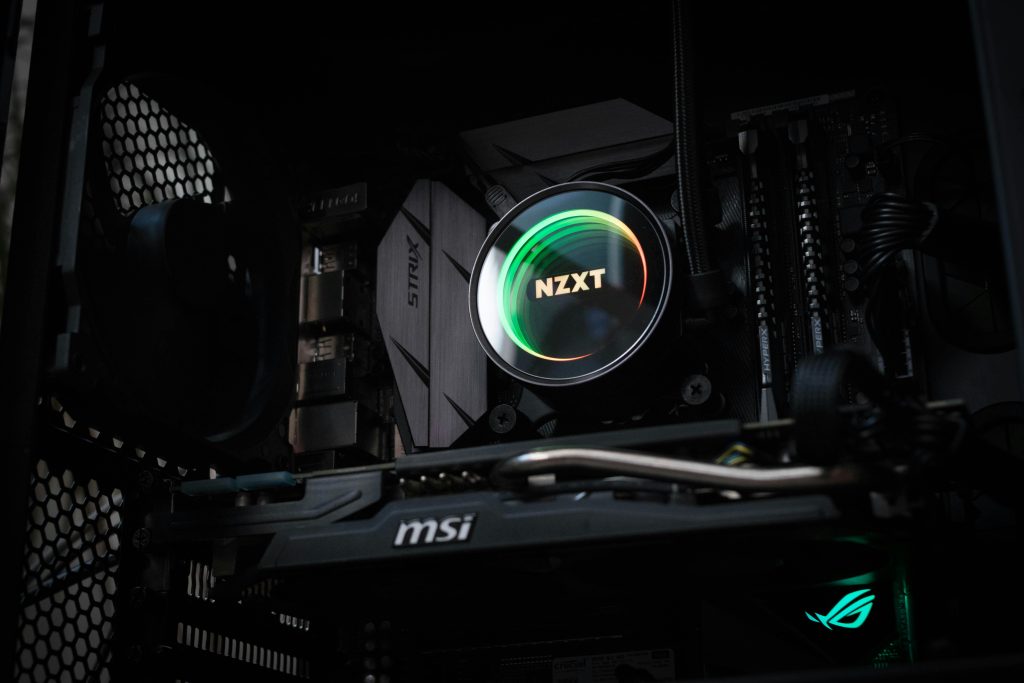Optimizing Data Security: Best Practices for Backing Up and Cloning Your C: Drive to a New SSD
In today’s digital landscape, safeguarding your data is of utmost importance, especially when experiencing signs of potential hardware failure. If your Windows system is prompting you to repair drive errors, it’s prudent to act quickly to avoid data loss and minimize downtime. This article guides you through the most effective methods to back up and clone your current C: drive to a new SSD, ensuring a seamless transition and continued productivity.
Assessing Your Current Drive
Your existing storage device—a Seagate FireCuda 520 M.2 NVMe SSD (1TB)—is still functioning reasonably well, with a health status indicating 96% according to CrystalDiskInfo. However, with approximately 6,000GB written and ongoing system issues, preemptive action is recommended before complete failure occurs.
Preparation Steps Before Cloning
-
Backup Critical Data
While cloning creates an exact replica of your drive, it’s essential to back up important files separately. Use reliable backup solutions such as Windows Backup, third-party cloud storage, or external drives to safeguard documents, photos, and sensitive data. -
Choose Appropriate Cloning Software
Reliable tools ensure accurate and bootable copies. Popular options include: - Macrium Reflect (Free and paid versions)
- AOMEI Backupper
- EaseUS Todo Backup
-
Clonezilla (Open-source, command-line interface)
-
Prepare the New SSD
Connect your new SSD via an appropriate interface—such as M.2 slot, SATA-to-USB adapter, or dock—and ensure it’s properly initialized and formatted.
Cloning the Drive
-
Create a Bootable Rescue Media
Many cloning tools, like Macrium Reflect, offer the option to create bootable rescue disks or USBs. This ensures you can clone or recover your system outside of Windows if necessary. -
Perform the Cloning Process
- Launch your chosen cloning software within Windows.
- Select your current drive as the source and the new SSD as the target.
- Choose options for sector-by-sector cloning if you want an exact replica, including system partitions.
-
Initiate the clone and wait for the process to complete.
-
Verify the Cloned Drive
After cloning, set your BIOS/UEFI to boot from
Share this content:



